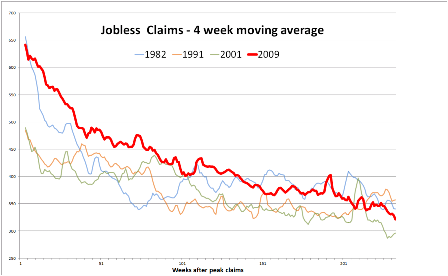It’s good to be China’s coal mine, except China is now cutting it’s coal consumption.
And fear not, the new ‘conservative’ govt pledged to get the budget back in surplus.
They wouldn’t want to be left out of the global race to the bottom…
And note the participation rate is falling there as well…
September 12 (Reuters) — Australia suffered a surprising drop in employment in August that pushed the jobless rate up to a four-year high of 5.8 per cent, a disappointingly soft report that revived the chance of a cut in interest rates and knocked the local dollar lower.
The currency skidded by almost one US cent as Thursday’s data from the Australian Bureau of Statistics showed employers shed a net 10,800 workers in August, well below forecasts of a 10,000 increase and a second straight month of losses.
The jobless rate was the highest since August 2009, when the economy was weathering the global financial crisis, and would have been even higher if not for an unexpected drop in the participation rate.
The local dollar was plucked off a six-month high of $0.9355 and unceremoniously dumped to $0.9260 following the data. Investors began to wager on another cut in interest rates, having almost abandoned thoughts of a move given recent better economic news from China and much of the developed world.
“It’s a bit of tempering of that optimism that emerged about the economic outlook in the last few weeks,” said Michael Blythe chief economist at Commonwealth Bank.
“It’s the old story that as long as the unemployment rate is trending up, as it is at the moment, then the RBA will still be thinking about interest rates each month and whether they need to cut them again.”

